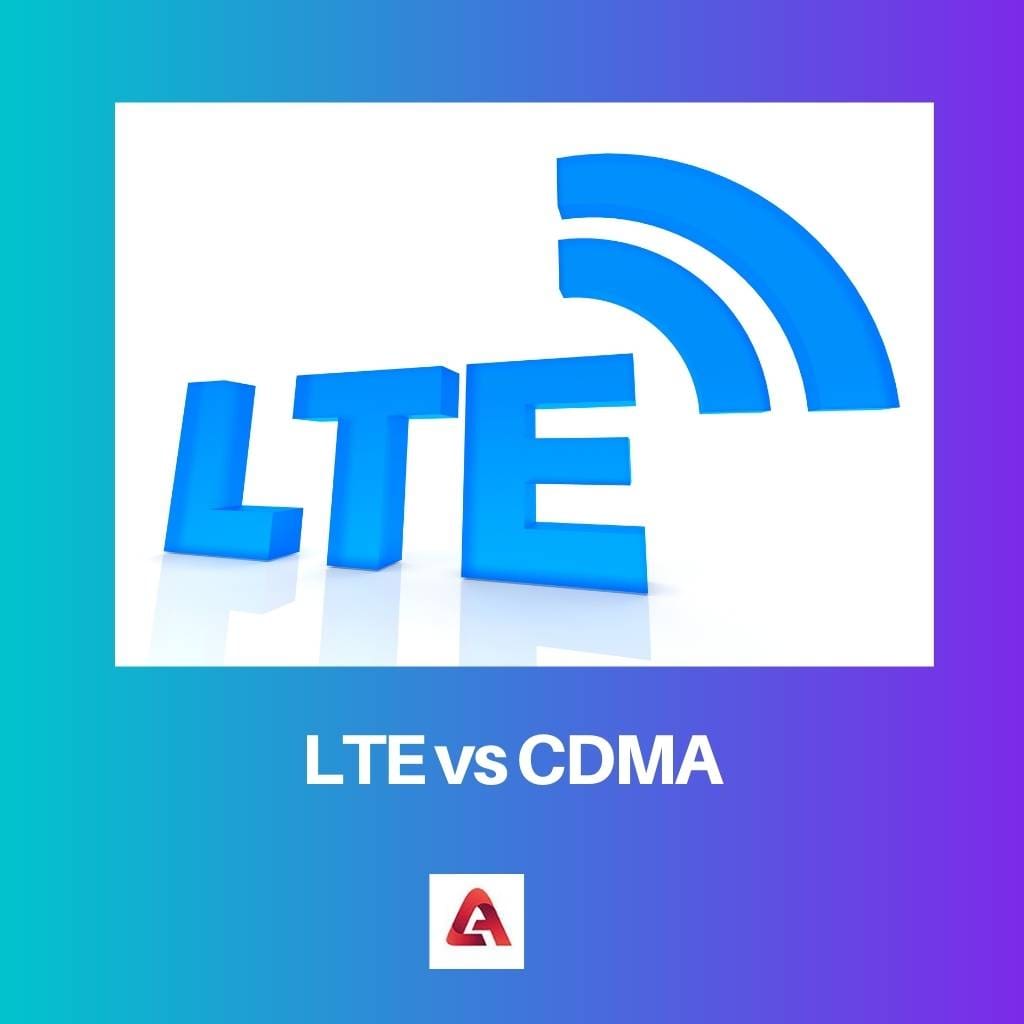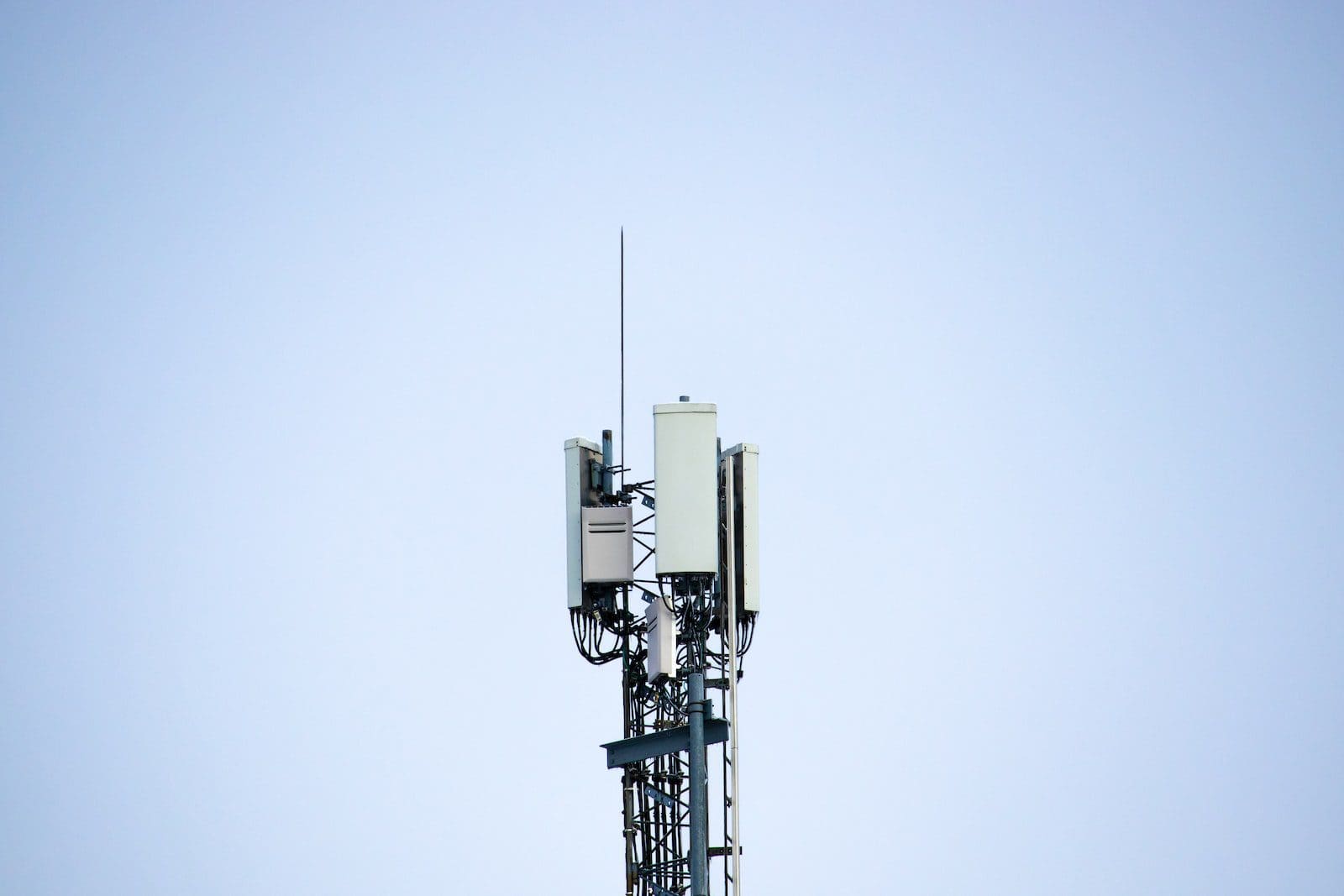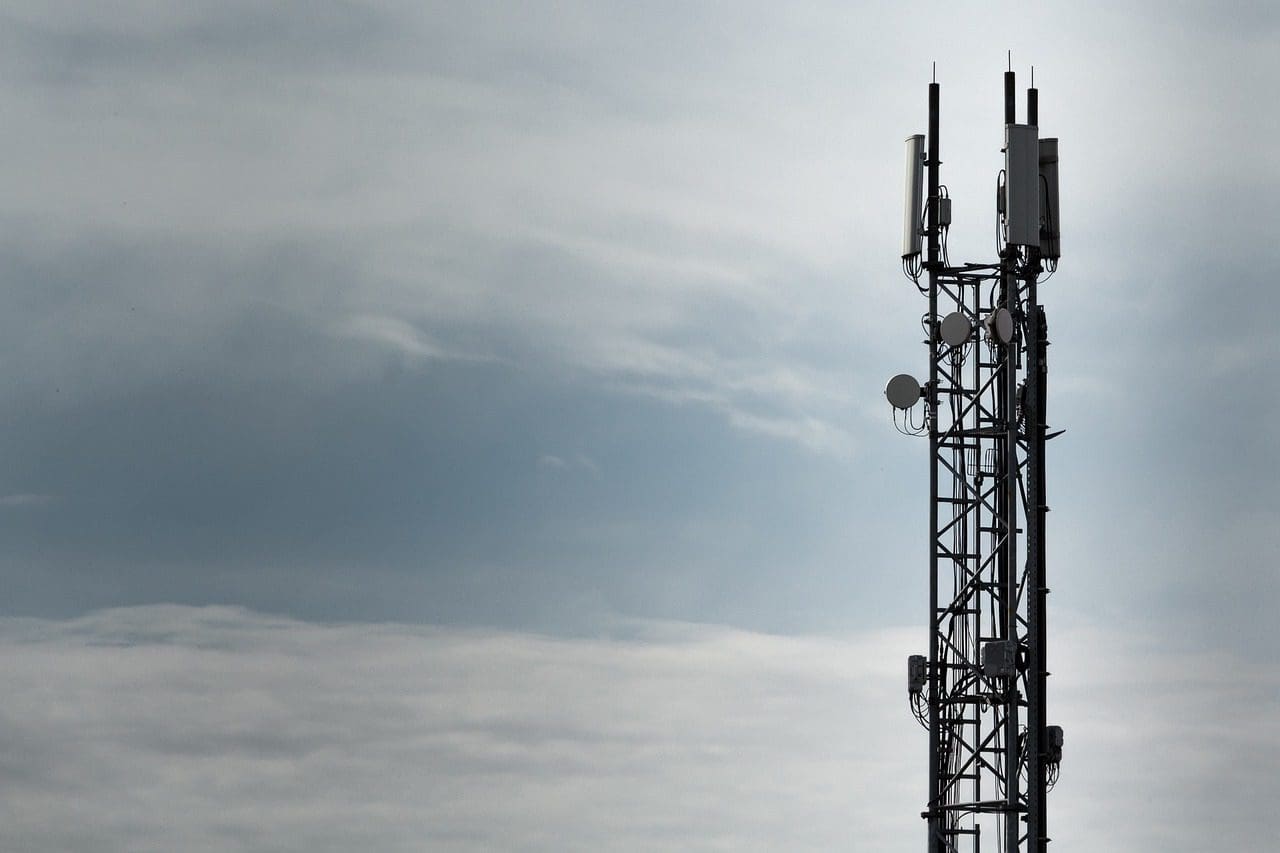LTE stands for Long Term Evolution. It uses orthogonal frequency-division multiplexing (OFDM) with either single-carrier frequency division multiple access (SC-FDMA) or the more popular multi-carrier code division multiple access (MC-CDMA).
CDMA, otherwise known as Code Division Multiple Access, is a spread spectrum technique that provides increased resistance to radio interference compared to other types of modulation techniques used in wireless communications.
Key Takeaways
- LTE (Long-Term Evolution) is a 4G wireless communication standard that supports high-speed data transfer, improved call quality, and better coverage.
- CDMA (Code Division Multiple Access) is an older 3G technology that utilizes a unique code for each user, allowing multiple users to share the same frequency band.
- LTE offers faster speeds and greater capacity, leading to widespread adoption over CDMA in most regions.
LTE vs CDMA
LTE (Long-Term Evolution) is a standard for wireless broadband communication for mobile devices and data terminals. It is a high-speed protocol that offers faster data transfer rates. CDMA, or Code Division Multiple Access, is a wireless technology that allows many users to share frequency band.

The full form of LTE is Long Term Evolution. LTE speeds are measured by the number of megabits per second (Mbps), LTE offers much faster overall data speeds.
As the technology was once called, LTE, or Long Term Evolution, has replaced the old code division multiple access. LTE is widely used in Europe and Asia.
CDMA carriers offer data rates expressed in kilobits per second (kbps).
CDMA is a type of digital cellular technology that allows more than one phone user to share the same frequency band and talk at the same time, just like two people can use one telephone line.
CDMA networks offers higher bandwidths for more users at one time with lower latency rates.
Comparison Table
| Parameters of Comparison | LTE | CDMA |
|---|---|---|
| Full-form | LTE stands for Long Term Evolution. | CDMA is an acronym for Code Division Multiple Access. |
| Introduced | In 2010. | In 1988. |
| Availability | LTE is widely used in Europe and Asia. | CDMA technologies are only available on Verizon Wireless and Sprint networks in the U.S. |
| Frequency | Multiple frequencies at once. | The same frequency for both sending and receiving data. |
| Network | LTE is faster because it’s based on fourth-generation networks. | CDMA uses third-generation networks. |
What is LTE?
LTE stands for Long Term Evolution, and it’s the fourth-generation wireless technology that makes up what we call “fourth-generation networks.”
The first three generations are analogue mobile voice (AMPS), digital mobile voice (D-AMPS), and the first generation of data networks with GPRS, EDGE, as well as WCDMA.
LTE is a technology for providing high-speed wireless data access by using low-power radio waves to transmit digital information over long distances.
It can be used in both licensed and unlicensed portions of the electromagnetic spectrum.
The LTE frequency bands are from 700 to 2700 MHz, and it can reach speeds of up to 300 Mbps on download, with 75 Mbps for uploads.
It’s also capable of handling packet data transfer rates at 100 kbps per second. The ITU was formally set in 2008 by the standards as the third generation (or “third-generation”) of mobile wireless telecommunications.
On the other hand, uses a different cellular system that relies only on signal strength rather than frequency to provide service. LTE is used primarily to provide wireless service outside of this region.

What is CDMA?
CDMA is an acronym for Code Division Multiple Access. It’s a digital cellular technology that uses the same radio frequencies as GSM and TDMA, but it operates differently.
CDMA allows multiple users to use spectrum simultaneously because it transmits data using code rather than frequency like other technologies do.
A user with phone number 555-1234, for example, could be assigned a CDMA frequency of 1357.
CDMA devices can also be more expensive than their GSM counterparts because they are primarily used by carriers in North America and Japan.
CDMA networks support voice services up to 14 kbps for download and 31 kbps for upload, while data rates are much lower.
However, CDMA technologies are only available on Verizon Wireless and Sprint networks in the U.S. and a few providers internationally, like Softbank Mobile and China Mobile International.
In other countries, these networks will be replaced by GSM or TDD systems that use LTE instead of CDMA to deliver data services.
CDMA networks use a technique called frequency-division duplexing (FDD) to enable the simultaneous sending and receiving of signals, which results in the doubling of available bandwidth for data transmission.

Main Differences Between LTE and CDMA
- LTE stands for Long Term Evolution, and on the other hand, CDMA stands for Code Division Multiple Access.
- LTE form of cellular data transmission was introduced in 2010, whereas CDMA was introduced in 1988.
- LTE uses orthogonal frequency-division multiple access (OFDMA) to assign different frequencies for data transmission on the same radio channel as well as time division duplexing (TDD). CDMA, on the other hand, is a type of transmission that assigns different codes to users in order to send and receive data simultaneously as well as provide improved signal quality.
- LTE uses OFDMA, which means that the same frequency is used for transmitting and receiving, while CDMA uses CDMA-spread spectrum technology to transmit different codes at once for improved quality in signal strength as well as less interference between users.
- LTE delivers higher speeds because it uses OFDM-based technology to handle data transmission over multiple frequencies at once. And CDMA delivers higher speeds because it uses the same frequency for both sending and receiving data.




